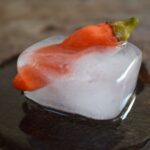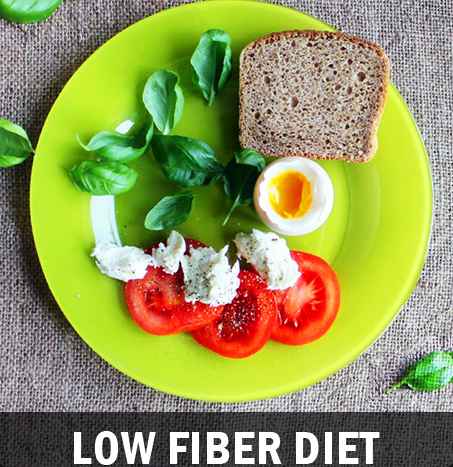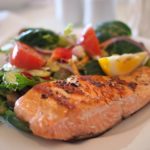
How to choose the right pizza size for events
Pizza is a go- to food for events of all kinds, from birthday parties to corporate events. However, choosing the right pizza size for your event can be a bit tricky. You want to make sure you have enough pizza to feed everyone, but you also don’t want to end up with too much leftovers. Here are some tips to help you choose the right pizza size for your event.
First, consider the number of guests you’ll be serving. This will be the main factor in determining the amount of pizza you need to order. A good rule of thumb is to plan for 2- 3 slices per person, depending on appetite. It’s always better to order a little extra, just in case some guests are hungrier than others.
Next, think about the type of event you’re hosting. If it’s a casual gathering, like a backyard BBQ or a movie night with friends, a smaller pizza size like a medium or large will suffice. However, if you’re hosting a more formal event, like a wedding or a corporate function, a larger pizza size like an extra- large may be more appropriate.
Consider the size of your event space. If you’re hosting your event in a smaller venue, like a living room or backyard, you may not have enough room for a large pizza box or several smaller ones. In this case, it may be better to opt for smaller, individual- sized pizzas or slices that guests can grab and go.
Think about your budget. Larger pizzas may seem like a better deal, but they can also be more expensive. If you’re on a budget, consider ordering several smaller pizzas or even making your own at home. This can be a fun and interactive activity for guests to participate in, and it will save you some money in the process.
Don’t forget about dietary restrictions. If you have guests with dietary restrictions, like vegetarians or those with gluten intolerance, be sure to order pizzas that accommodate their needs. Many pizza places offer gluten- free crust options and vegetarian toppings, so be sure to ask when placing your order.
Finally, consider the time of day your event is taking place. If you’re hosting a lunchtime event, you may not need as much pizza as you would for a dinner event. Alternatively, if your event is taking place during a time when guests may be more likely to be hungry, like late at night, you may want to order a larger pizza size to ensure everyone is well- fed.
In conclusion, choosing the right pizza size for your event comes down to a few key factors: guest count, type of event, event space, budget, dietary restrictions, and time of day. By considering all of these factors, you’ll be able to order the perfect amount of pizza to keep your guests happy and well- fed. So go ahead and indulge in a delicious pizza, and enjoy your event with those you love! Check here Pizza Dough Hydration Calculator.
…




